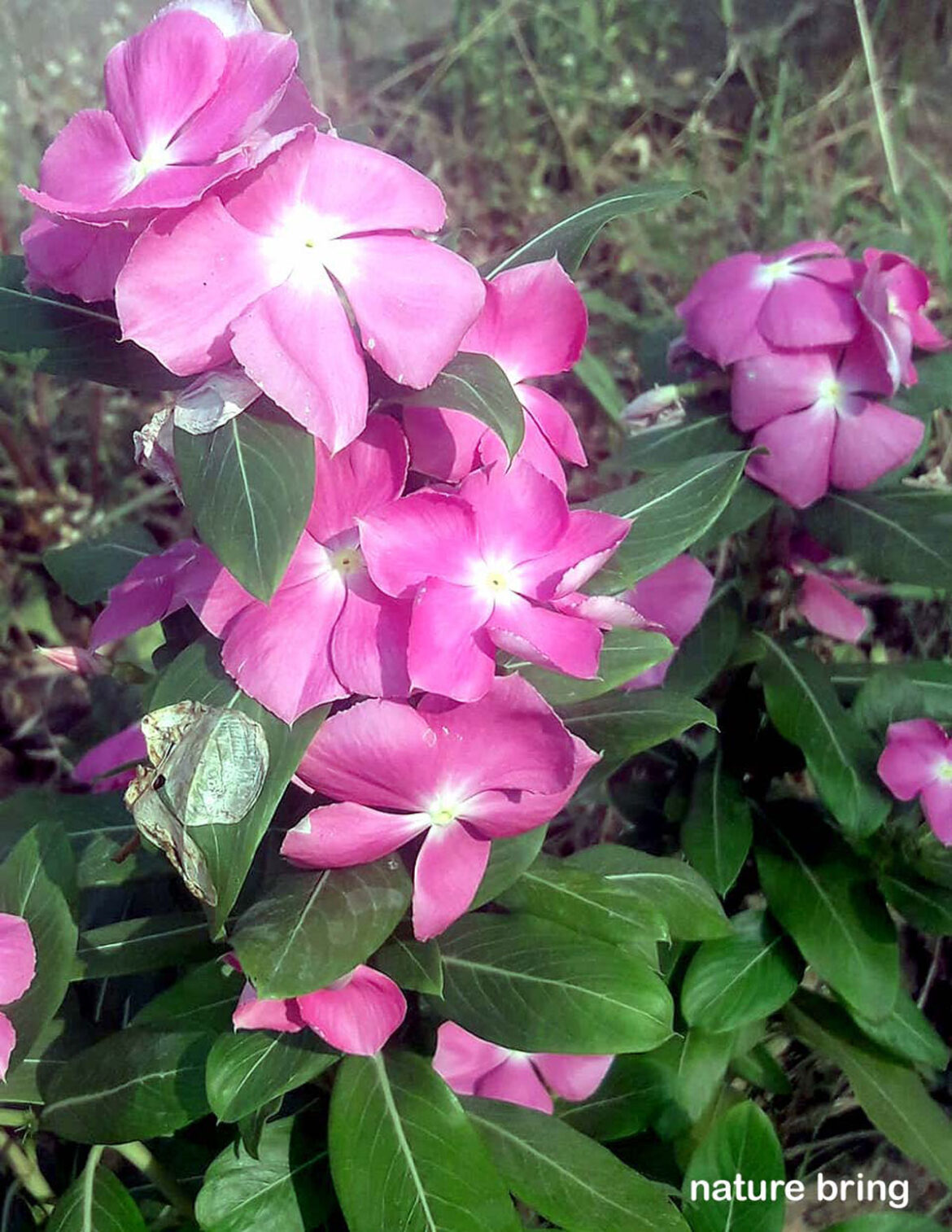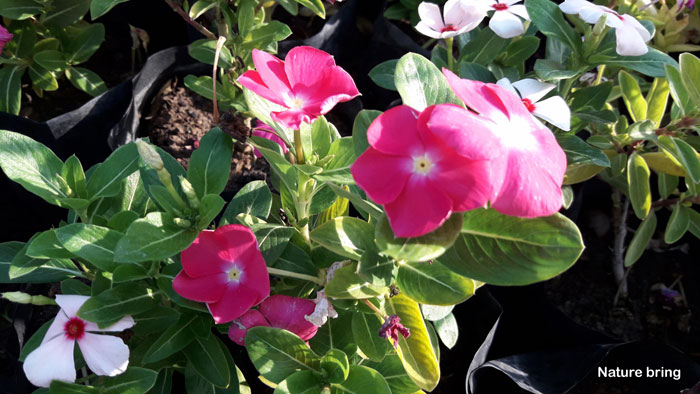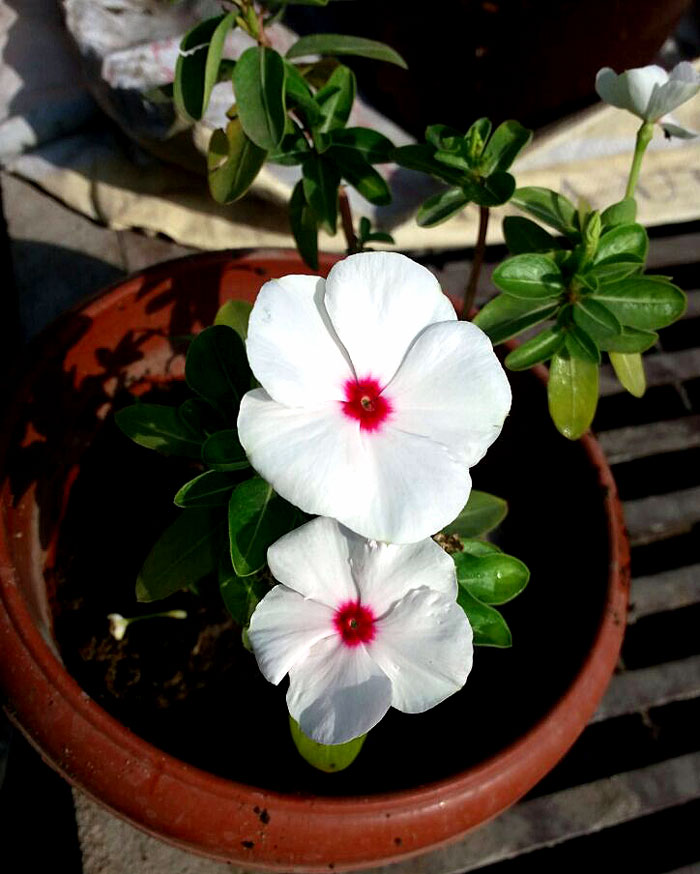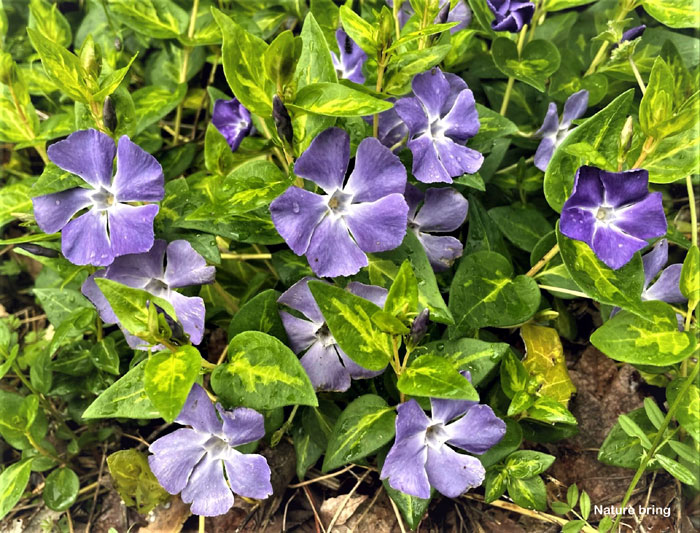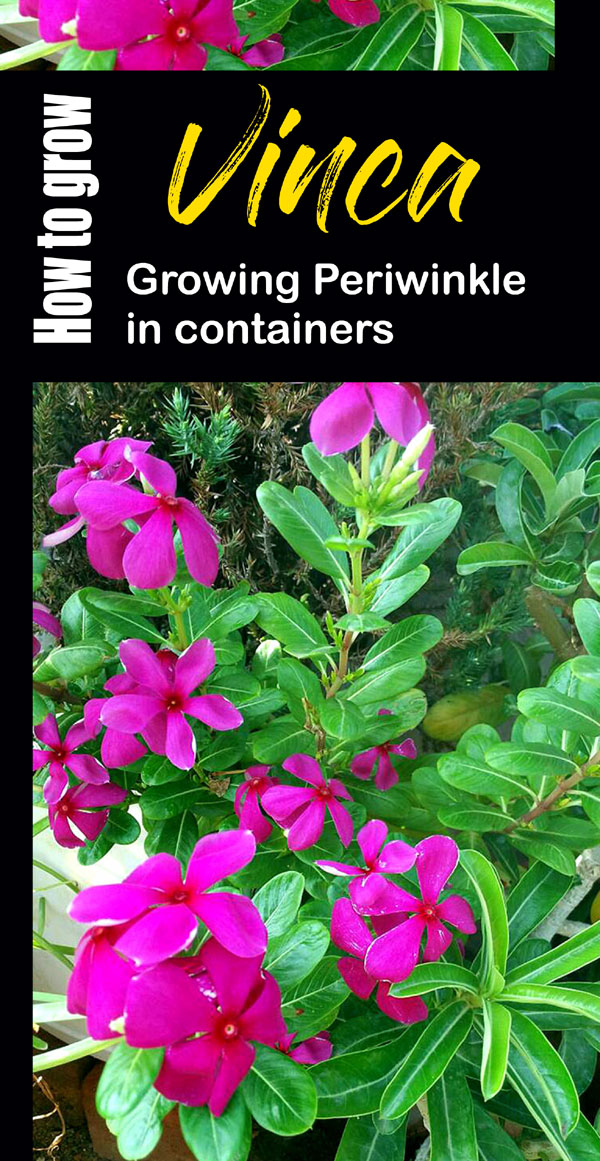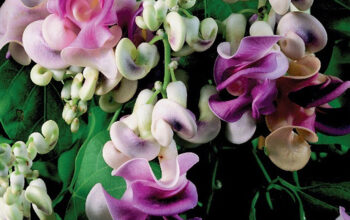Growing Vinca (Periwinkle)
These are attractive flowers covering the ground. Vinca has known by three names, Vinca, Periwinkle, rosy periwinkle, or and Myrtle. These plants are native to China, North America, Europe, and India. Vinca contains annual plants that are drought tolerant and grow very well in hot, dry areas. If you develop it in one place, it keeps improving automatically. This plant known by three names, Vinca, Periwinkle, and Myrtle. Vinca plants are native to America, Europe, India, and China. Learn How to Grow Vinca, Growing Periwinkle, catharanthus roseus care in pots in this article.
Myrtle plants are popular due to their attractive colors and bright leaves. These plants bloom in summer and keep on thriving in the cold. The color of these flowers is usually white, red, and pink. Rosy periwinkle plants are used mostly in the form of borders, land cover, and garden beds.
Periwinkle overview
Scientific name Catharanthus roseus
Common name Vinca, Periwinkle, Rosy periwinkle, Sadabahar, myrtle
Plant type Flowering plant
Sun required Partial Sun to full shade
Flower colors Blue, Purple, White, and lavender
Blooming time May-June
Soil Normal sandy or clay, well-drained
Soil pH 5.0 -8.0
Zone 2- 11
How to grow Vinca
Soil and location
Vinca plants require good drainage. These plants grow well in fertile soil, but they also tolerate ordinary soil. Vinca plant grows well under partial sunlight, partial shade. These plants can ruin the state of full shade, but the plant may burn in direct sunlight. Planting in partial shade gives the best results. Plants are suitable for ground cover in sunny areas.
Propagation
Periwinkle plants can grow from seed very quickly. The best time to sow its seeds is after all the danger of frost. The best time to sow rosy periwinkle seeds is after all the risk of freezing. Once sown, these plants grow on their own. So choose a region to plant it. About 10 to 12 weeks before the last frost, you can start indoors. Some of its varieties can also spread by rooting cuttings.
Planting myrtle
- Dig a hole for each plant in the ground, about 8-9 inches apart, to accommodate the root ball.
- Remove the plant slowly from the pot and loosen the root ball to encourage root growth.
- Place the root ball gently into the pit and cover it with the surrounding soil. Tap the ground with your hands.
- Now water the plant well.
Spacing
Keep your plants 6 to 8 inches (15 to 20 cm) apart. Small plants in Vinca have roots that grow to cover the ground. People apply for ground cover, so they should give enough space. So keep your Periwinkle plants 6 -8 inches apart. Generally, Periwinkle plants have an average diameter of 3 feet.
Temperature
The best temperature for Periwinkle is around 24 to 38 ° C. It performs well in the hardiness zone 2–11. Once the plant established, it can tolerate temperatures from 34 to 38 ° C.
Watering
Water your catharanthus roseus plants usually during the growing season, this promotes the roots of the plants. Water the plants until they are well moist. Regular watering is proper but reduces watering during cold or rainy days.
Fertilizer
If you use garden soil, the soil needs to enrich for Vinca Minor. Give it balanced fertilizer regularly every month; it will help in plant growth and flower production. Fertilizer in the Vinca plant promotes its shiny leaves, healthy plant, and flowers.
How to grow vinca from seeds
- Vinca Periwinkles Can overgrow from seed.
- You can quickly get its seeds at Seed Shop; you can also order online from Amazon.
- Choose any time of the year for sowing its seeds. However, seeds usually were sown from mid-April to January.
- The temperature should be 63 to 65 ° for the seeds to germinate.
- Catharanthus roseus seeds can be sown in average soil and cover with a thin layer of soil.
- Keep the soil moist after the seed bone. It takes about 3 to 4 months from sowing until the plant matures.
How to grow Periwinkle in pot
- Catharanthus roseus is easy to grow in the container. Periwinkle well drains soil is required. You add about 1/4 part of the garden soil and compost.
- Vinca plants can suffer damage from extreme temperatures, so put mulch over the soil. It will keep the soil moist and protect it from heat.
- After planting, place the pot in partial sunlight. It grows well in this shade but gives the right flowers with sunlight. The afternoon sunlight can burn the plant, there is a need to avoid this time.
- It is regularly pruning the rosy periwinkle plant. It grows very fast during the growing season. Due to lack of care, it comes out of the pot.
- Add fertilizer to myrtle plant in the pot at the beginning of the growing season (spring). Read the guidelines in the packet carefully before using fertilizer.
- Give it less water during the winter season, but in hot and dry places, water it as needed.
Periwinkle varieties
Big periwinkles about 1-1. Hikes up to feet, its long trailing stems spread. These plants produce blue flowers from spring to autumn.
Jaio Dark Red
Jaio dark reeds go to a height of about one foot. It Produces magenta-red flowers.
Pacifica Burgundy Halo
The Pacific Burgundy halo produces a large white eye in the middle and dark red-pink flowers all around. It is about 1 foot long.
Pretty in Pink
This compact plant is about one foot high and offers beautiful pink flowers.
Pretty in White
These are plants with beautiful white flowers.
Tropical Rose
These are compact plants and produce large, bold magenta-red flowers.
Pests and diseases catharanthus roseus
Periwinkle plants never appear to be disturbed by insects and disease. They may be troubled by fungal problems during damp or extremely wet weather. In case of any issue of pest or illness, you can use natural or chemical insect repellents or fungicides.
Read more:
How to grow Organic Bottle gourd. Growing Cinnamon in containers. Growing Gardenia plant in your garden. Rosemary growing and care tips. Magnolia growing guide. Hanging gardening tips. Verbena flowers growing and care. Papaya growing in containers. Fiddle Leaf fig in containers. Gladiolus flowers growing guide.
For Pin:

